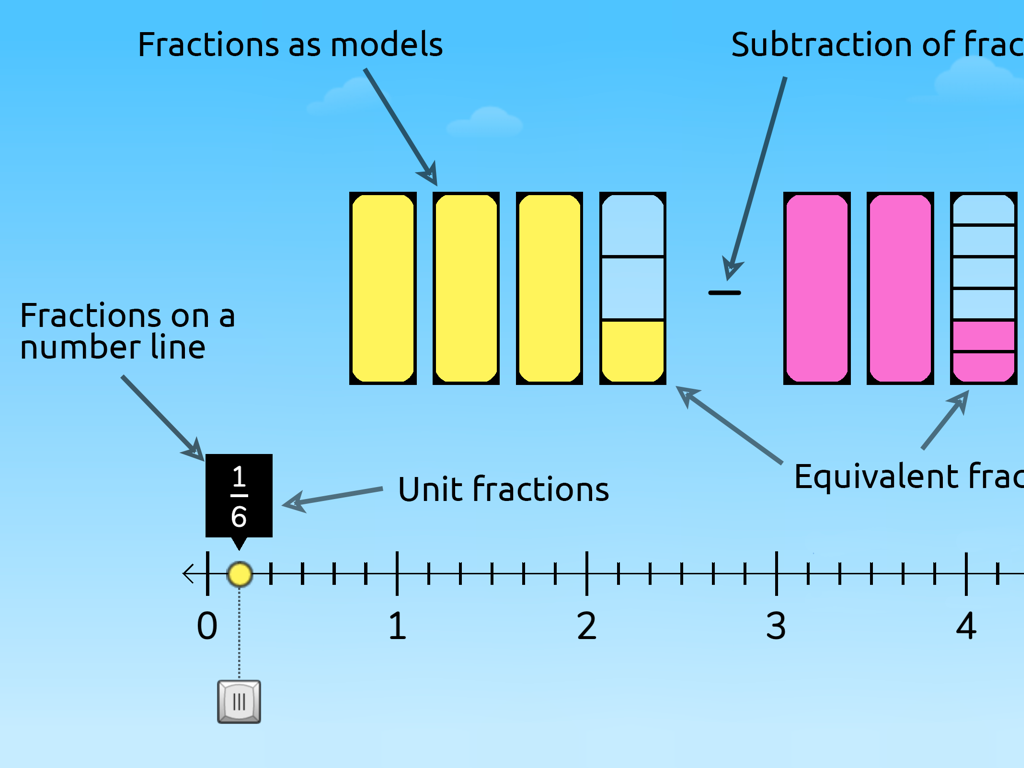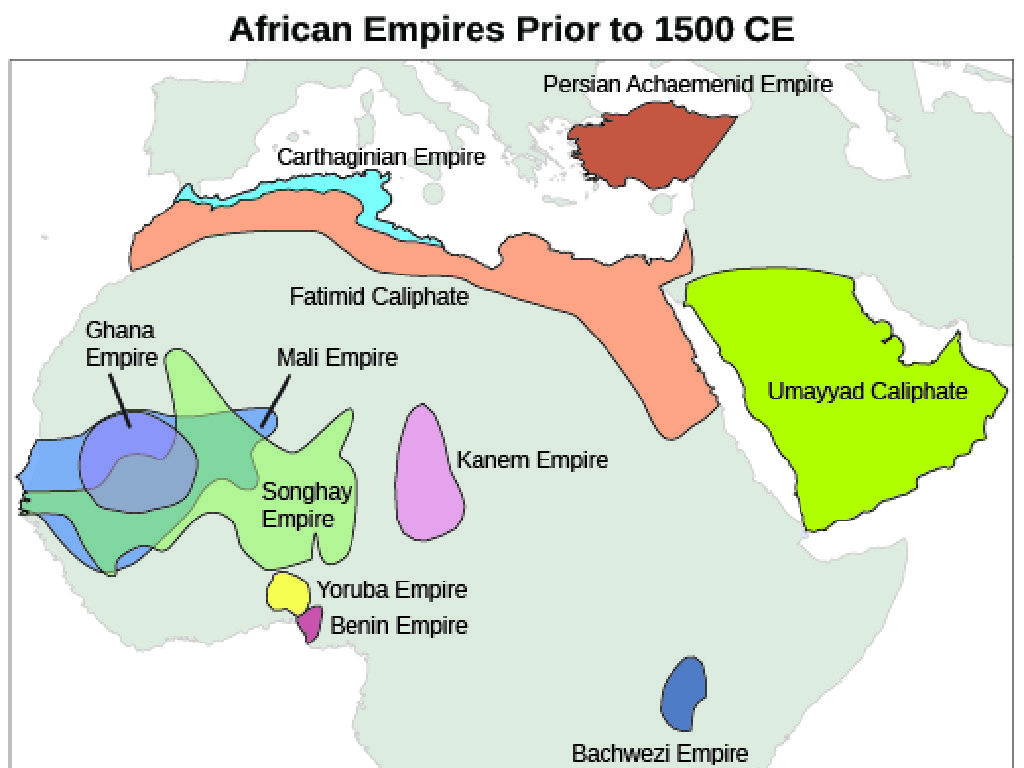Interpret Stem-And-Leaf Plots
Subject: Math
Grade: Fifth grade
Topic: Data And Graphs
Please LOG IN to download the presentation. Access is available to registered users only.
View More Content
Understanding Stem-and-Leaf Plots
– What is a stem-and-leaf plot?
– A graphical method to organize and display data in a structured way.
– Organizing data with stem-and-leaf
– Each number is split into a stem (first digit) and a leaf (last digit).
– Interpreting data from the plot
– Look at the leaves to determine the frequency of data points.
– Importance of data understanding
|
Begin the lesson by explaining what a stem-and-leaf plot is and how it serves as a tool to organize numerical data. Emphasize that the ‘stem’ represents the leading digit(s) while the ‘leaf’ represents the trailing digit. Show students how to create a plot by dividing numbers into stems and leaves and how to interpret the data by analyzing the leaves’ distribution. Discuss why understanding data is crucial: it helps us make sense of numbers, see patterns, and make informed decisions. Use examples relevant to fifth graders, such as organizing survey data about favorite school subjects or the number of books read over the summer.
Exploring Stem-and-Leaf Plots
– Define stem-and-leaf plot
– A type of graph to organize numbers
– Identify ‘stem’ and ‘leaves’
– ‘Stem’ shows the leading digit(s), ‘leaves’ show the last digit
– Compare with other graphs
– Unlike bar graphs, shows exact values
– Understand plot advantages
|
A stem-and-leaf plot is a tool used in statistics to display data. The ‘stem’ represents the first part of a number, while the ‘leaves’ show the remaining part. This plot is unique because it shows the shape of the data and provides exact values, unlike bar graphs or histograms that group data into ranges. It’s similar to a histogram in that it shows frequency of data, but it retains the original data values. When teaching this concept, use real-life data sets, such as test scores or ages of classmates, to create a stem-and-leaf plot as a class. Discuss how this type of graph helps us quickly see the distribution of numbers and identify the mode or range.
Creating a Simple Stem-and-Leaf Plot
– Gather test score data
– Collect scores from a recent test
– Organize data into stem and leaves
– Stems represent score ranges, leaves are individual scores
– Plot data on stem-and-leaf plot
– We’ll draw a plot as a class activity
– Understand our completed plot
– Analyze the plot to see score distribution
|
This slide is aimed at teaching students how to create a stem-and-leaf plot using a set of data, which in this case will be test scores. Start by gathering the data, which could be scores from a recent math test. Next, explain how to organize the data by determining the stem (the first digit or digits of the score) and the leaves (the last digit of the score). Then, as a class activity, create a stem-and-leaf plot on the board with student participation. Finally, review the completed plot to understand the distribution and range of the scores, discussing any patterns or trends observed. This hands-on activity will help solidify the concept of stem-and-leaf plots for the students.
Reading a Stem-and-Leaf Plot
– Identify the plot’s stems
– Stems are the first part of the number, showing groups.
– Learn to read the leaves
– Leaves are the last digit, showing individual units.
– Interpret the plot’s data
– Analyze the data to find trends or patterns.
– Discover the plot’s story
– What does the data tell us about the group?
|
This slide aims to teach students how to read and interpret stem-and-leaf plots. Begin by explaining that the ‘stem’ represents the leading digits of the numbers, often corresponding to tens, hundreds, etc., while the ‘leaves’ represent the last digit, or the units. Show students how to read the plot by combining stems and leaves to form the original data points. Discuss how to interpret the data by looking for clusters, gaps, or outliers that tell us about the distribution of the data set. Encourage students to think about what the data might represent and what conclusions can be drawn from the plot. Use examples relevant to their experiences, such as test scores or ages of classmates, to make the concept more relatable.
Interpreting Stem-and-Leaf Plots
– Class height as a stem-and-leaf plot
– Heights sorted by ‘stems’ (feet) and ‘leaves’ (inches)
– Basketball scores in stem-and-leaf
– Scores sorted by ‘stems’ (tens) and ‘leaves’ (ones)
– Practice reading stem-and-leaf plots
– Find the median, mode, and range from the plots
– Understanding plot data
|
This slide introduces students to stem-and-leaf plots through relatable examples. Start by explaining how a class’s height measurements can be organized into a stem-and-leaf plot, with ‘stems’ representing feet and ‘leaves’ representing inches. Then, show how a basketball team’s scores can be similarly organized with ‘stems’ for tens of points and ‘leaves’ for single points. Encourage students to practice interpreting these plots by finding the median, mode, and range, which will help them understand the distribution of data. This exercise will enhance their ability to analyze and interpret data, a key skill in mathematics. Provide additional examples if time permits, and ensure to clarify any doubts.
Advantages of Stem-and-Leaf Plots
– Quick to construct
– Stem-and-leaf plots can be drawn by hand, efficiently organizing data.
– Shows data distribution
– The plot’s layout visually represents the data’s spread and clusters.
– Retains original data
– Unlike many graphs, individual data points are still visible and intact.
– Easy to compare sets
– Comparing two related data sets is simpler with side-by-side stem-and-leaf plots.
|
Stem-and-leaf plots are a powerful tool in the fifth-grade math curriculum for teaching students about data representation. They are quick and easy to construct, which is perfect for classroom settings where time is limited. These plots provide a clear picture of how data is distributed, allowing students to easily see the mode, median, and range. Additionally, stem-and-leaf plots retain the original data values, which is beneficial for detailed analysis and review. This characteristic also makes it easier for students to compare different sets of data directly. During the lesson, encourage students to create their own stem-and-leaf plots with given data sets and to discuss the observed distribution shapes.
Class Activity: Create Your Own Stem-and-Leaf Plot!
– Collect data from classmates
– Create a stem-and-leaf plot
– Organize the collected data into a stem (tens) and leaves (ones)
– Share and explain your plot
– Present your plot to the class, describing the data it represents
– Understand data representation
– Learn how this plot helps us see data patterns easily
|
In this engaging class activity, students will collect data from their classmates on a topic of choice, such as favorite numbers, ages, or scores from a game. They will then use this data to create their own stem-and-leaf plot, which is a method of organizing numerical data. The stem represents the leading digit(s), while the leaves show the last digit. After creating their plots, students will share with the class and explain what their data shows, such as the range, mode, and any outliers. This activity will help students understand how stem-and-leaf plots provide a clear visual representation of data and make it easier to interpret. For the teacher: Prepare a list of 4-5 different data collection ideas for students to choose from, ensure they understand how to create the plot, and guide them on how to interpret and present their findings.
Conclusion: Understanding Stem-and-Leaf Plots
– Recap creating & reading plots
– Remember, stems are on the left, leaves on the right!
– Discuss usefulness of plots
– They organize data to see patterns easily.
– Open floor for questions
– Share observations
– Did you find any patterns or surprises in the data?
|
As we wrap up, let’s review the steps to create and interpret stem-and-leaf plots. Emphasize the importance of these plots in organizing large amounts of data in a clear, concise way that makes it easier to identify patterns and draw conclusions. Encourage students to ask any lingering questions they might have or to share any interesting observations they made while working with these plots. This is also a good time to assess understanding and to reinforce the concepts with additional examples if necessary. Remember to praise their efforts and curiosity throughout the learning process.
Homework Challenge: Stem-and-Leaf Plots
– Collect a data set at home
– Example: ages of family members
– Create your own stem-and-leaf plot
– Organize data with stems as tens and leaves as ones
– Practice explaining your plot
– Present to the class tomorrow
– Share what your data shows
|
This homework task is designed to reinforce the concept of stem-and-leaf plots by applying it to real-world data that students can easily collect. Encourage students to find a simple set of numerical data, such as the ages of family members or number of books in different rooms. They should then create a stem-and-leaf plot, which will help them practice organizing data in a meaningful way. Remind them to label their plot clearly and be prepared to explain what their data represents. During the next class, students will have the opportunity to present their findings, which will help build their confidence in interpreting and explaining data representations.






